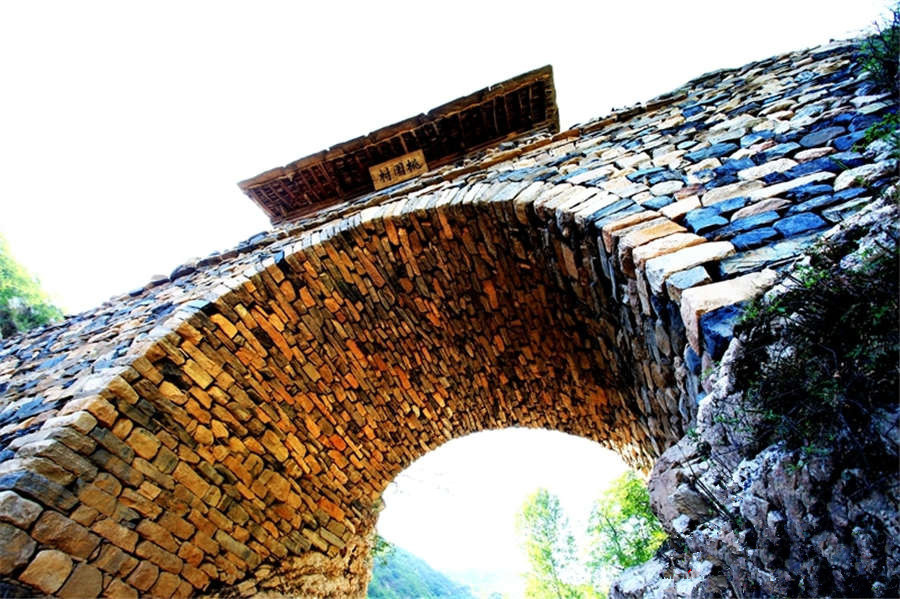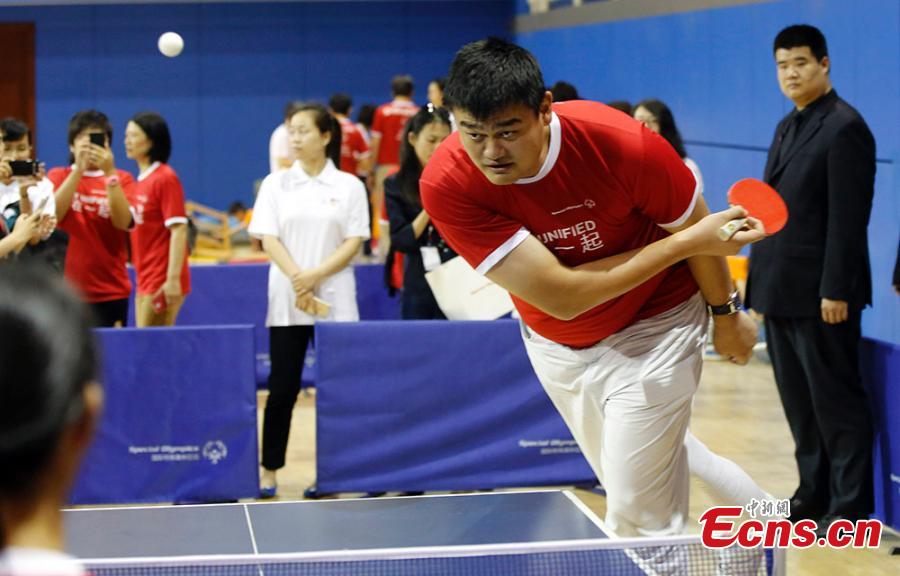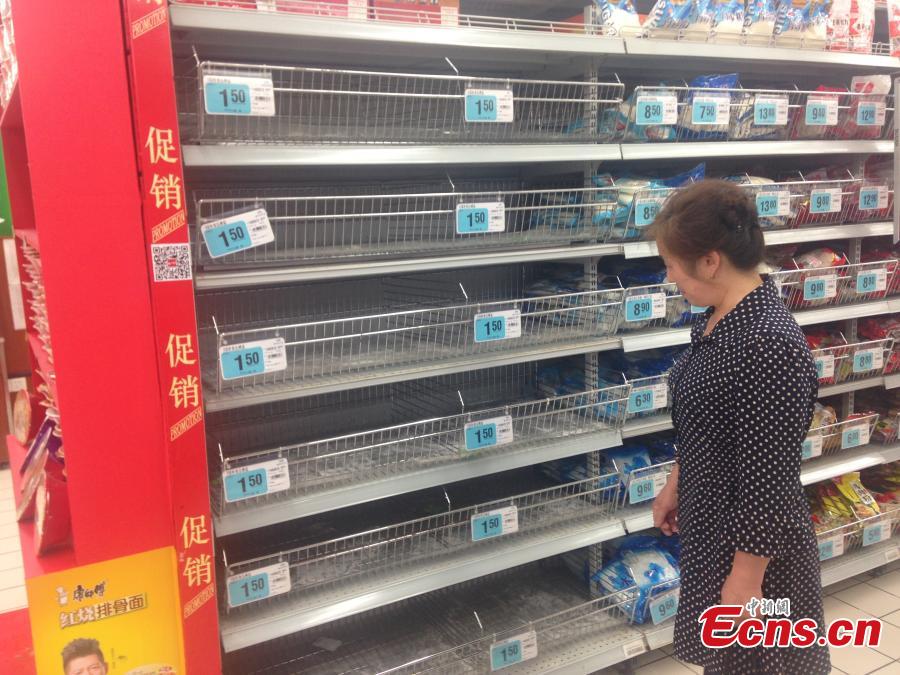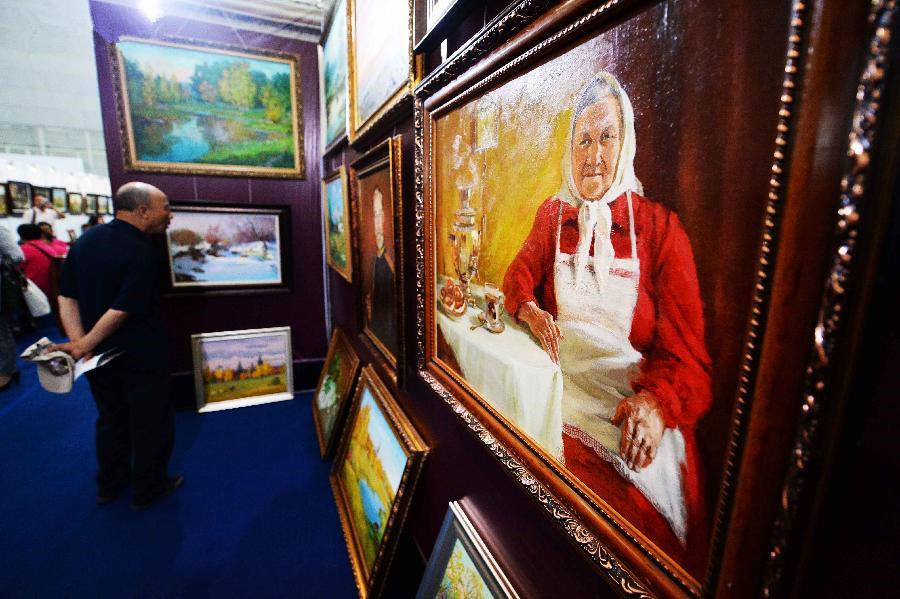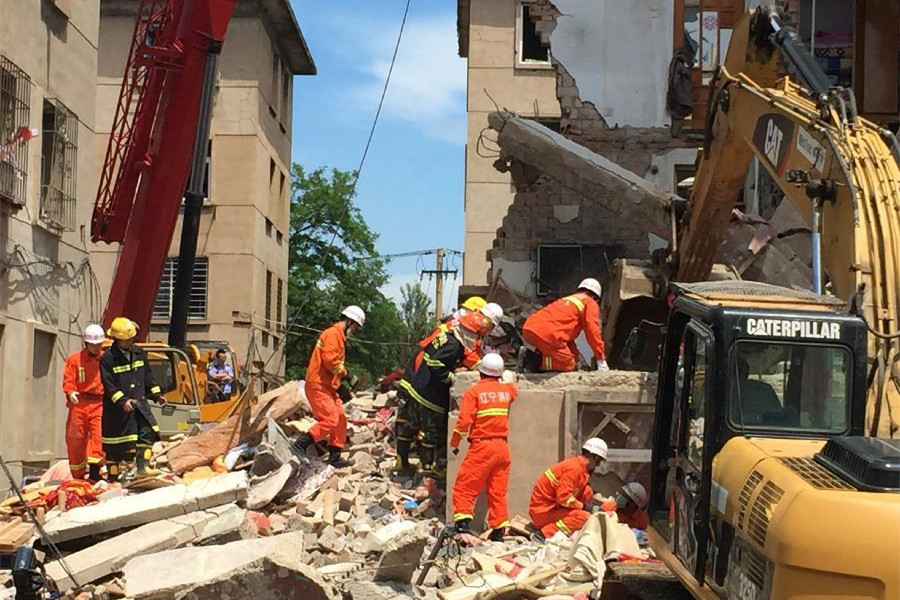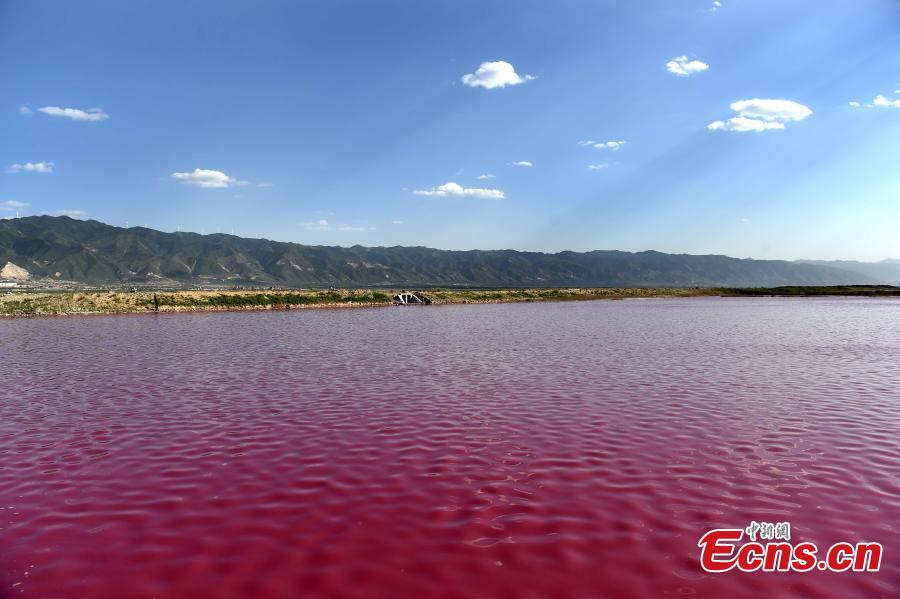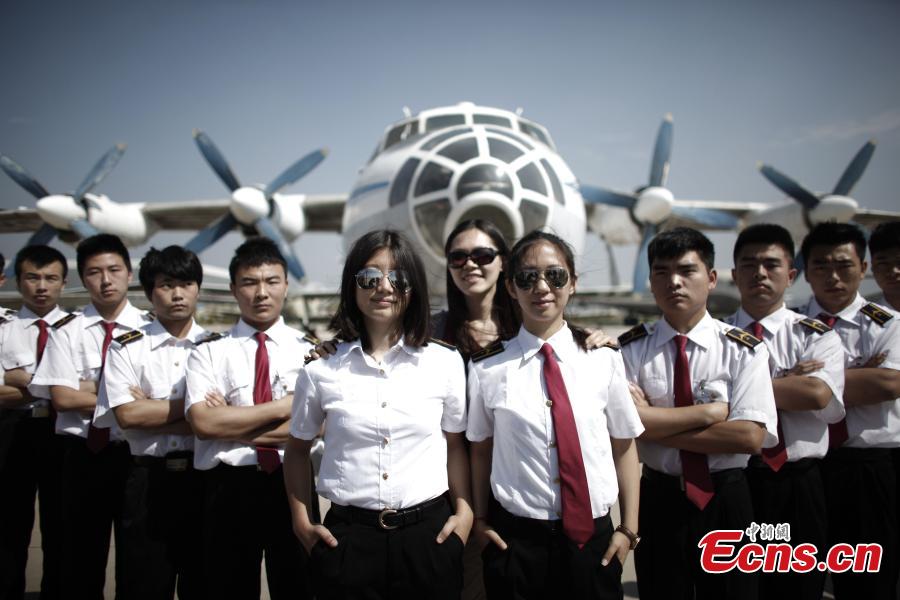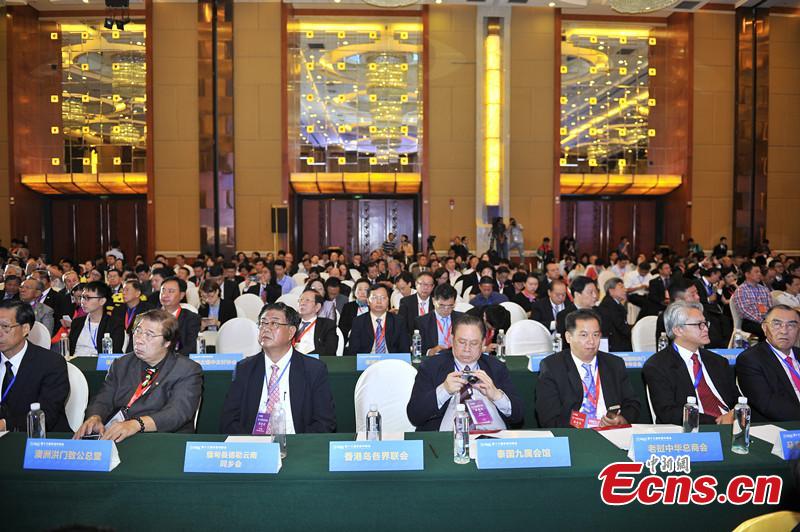(Ecns.cn) –Regong, a Tibetan word, refers to a place in Tongren County of Qinghai Province, and literally means "golden village", with the connotation being "a place where dreams come true". Indeed, Regong is where Tibetan artists cultivate and realize their dreams. A number of Chinese ethic groups live here in harmony, devoting their life to creating the splendid folk tradition known as Regong Art.
Regong Art, an essential branch of Tibetan Buddhist art, was developed over a long period beginning in the fifteenth century, and absorbed a wide range of traditions from Indian Buddhist Art and Chinese Culture. Tangka, woodcarvings and clay sculptures are regarded as representative of Regong Art.
Painting academy, a cradle of masters
Ji Xiang, a reporter from China News Service (CNS) website took a trip to get an up close look at the unique Tibetan culture of the Regong region on November 7 and 8. For experiencing Tibetan culture, the Regong Painting Academy is a stop that cannot be missed.
The Qinghai Regong Painting Gallery, located in a small village of Tongren county, is China's first hybrid art studio centered on this art form, and owes its existence to Master Niangben, a famous master who grew up here and has spent his whole life immersed in Regong Art. This community of over 80 folk art masters and professional craftsmen fulfills the functions of training, creation, interaction and exhibition.
Original design and creative works are encouraged, so a well developed body of work has been produced by the Qinghai Regong Painting Gallery. It has sponsored a dozen art and culture exchanges and trained 58 new artists. As a major player in Huangnan Prefecture's cultural industry, in February 2009 it was declared a "Demonstration Base of the Qinghai Cultural Industry."
Entering the three-story building, works of art on the second and third floor are immediately visible. The students' dormitory and reception room are on this first floor, and spaces on the third floor are set aside for budding young artists to study and practice.









